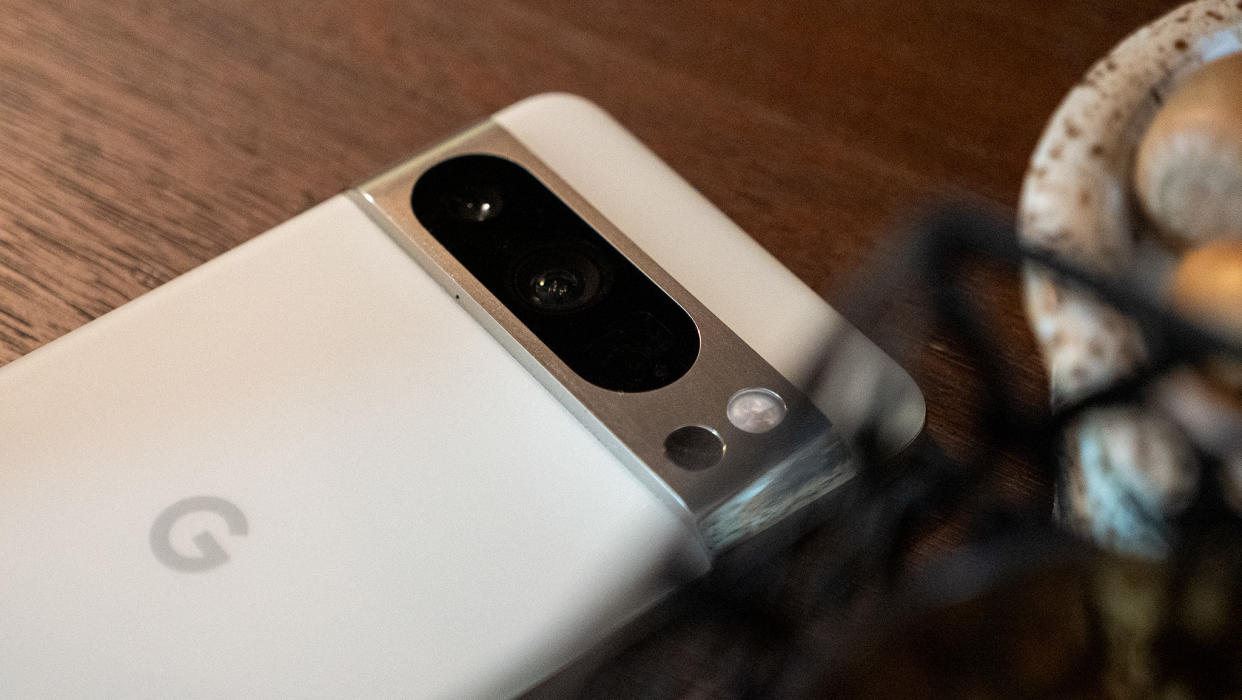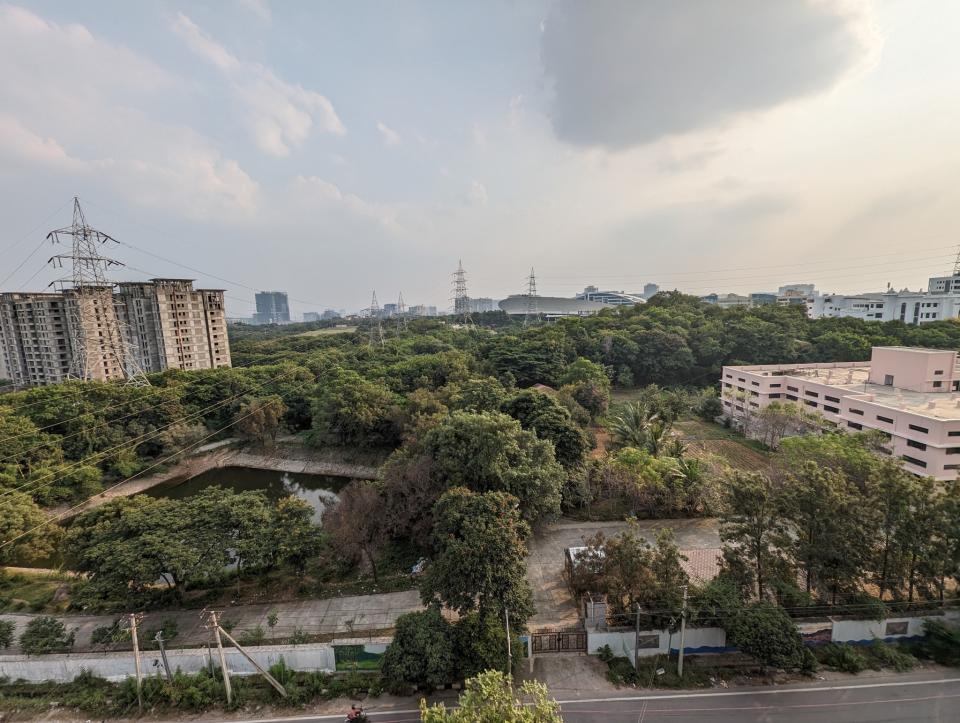What is Ultra HDR on the Pixel 8 and how does it work?

HDR is more than a buzzword that gets thrown around when it comes to cameras or displays. It's one of those things that makes a difference once you see it in action, but it's also kind of confusing and complicated.
Speaking of confusing and complicated — two things Google is really good at, with the release of the Pixel 8, we now have a new camera mode called Ultra HDR. It uses Google's "regular" method of AI-powered HDR photography to get the best image possible and a new image format that tries to make sure that the image is displayed in the best way possible.
Let's take a look at how it works.

Google's camera HDR isn't new. Since the Nexus 5, Google has used AI to grab multiple sets of image data whenever you tap the button to take a photo and assemble it all into something better than the camera hardware should be able to create. Every other company that makes a phone with a camera does the same thing, even if others don't label it as HDR.
HDR displays also aren't new, nor is the technology that powers the screen hardware. HDR, in this case, stands for High Dynamic Range, and it means the display is able to show more image detail in a wider range between dark and light. Black is still black, and white is still white, but there are more colors in between because the number of colors between black and white has increased.
This is a simplified explanation of the idea, but it will let you understand why it works the way it does. Just know that on an SDR (standard dynamic range) display, a stop sign isn't the same color as it is in real life and now you'll never be able to unsee that.

Google's new Ultra HDR image format takes advantage of both of these things. The camera software uses the AI-powered "Google HDR" technique that defines edges and image quality, "normal" HDR to get the colors and saturation just right, then saves everything in a package designed to show it all off on a quality HDR display or a regular SDR display with a more standard color gamut.
It does this by embedding an HDR gain map inside the image file — think of an Ultra HDR photo taken by the Pixel 8 as a standard JPG image with extra data added to the file.
This idea isn't new, and Google didn't invent anything here — it's used under license from Adobe. You probably haven't ever seen it used either because you're not using a Pixel 8. That's the big drawback of the process — you need the right display and the right software to see a difference.
Ideally, Ultra HDR pictures look better than other HDR images because they include tone mapping data that tells the display how to draw the colors. By using data outside of the actual image, the SDR photo can be processed with tone mapping designed to look best on an SDR display without affecting how the HDR version will look and vice versa.
Issues arise when an HDR display doesn't have access to that gain mapping data, though. You could have a great HDR display but still see the SDR version without any rendering optimizations because they were stripped away.
This happens a lot. Websites — even photo-sharing websites — will strip away the data sidecar when the content management system or content delivery network serves the compressed and optimized version of the picture. Windows Explorer can even strip the data away because it doesn't know what to do with it.

Unfortunately, any photo you've seen on the internet that tries to demonstrate Ultra HDR probably isn't doing it because it can't. The best way to see it for yourself is to contact someone with a Pixel 8 or Pixel 8 Pro and have them show you on the device display or copy the file to a MacBook with a new HDR display.
This puts Google ahead of the curve and ready once this type of HDR format becomes more widespread. And it will. But that's not very helpful for many people right now. Once this is adopted by more companies and the internet can find ways to share this type of HDR content, every high-end phone will be able to do the same thing.
It's still really cool to see this make its way to a smartphone, though. It also makes the Pixel 8 and 8 Pro one of the best Android camera phones you can buy right now. Once other phones catch up, Google will probably have something else up its sleeve.
